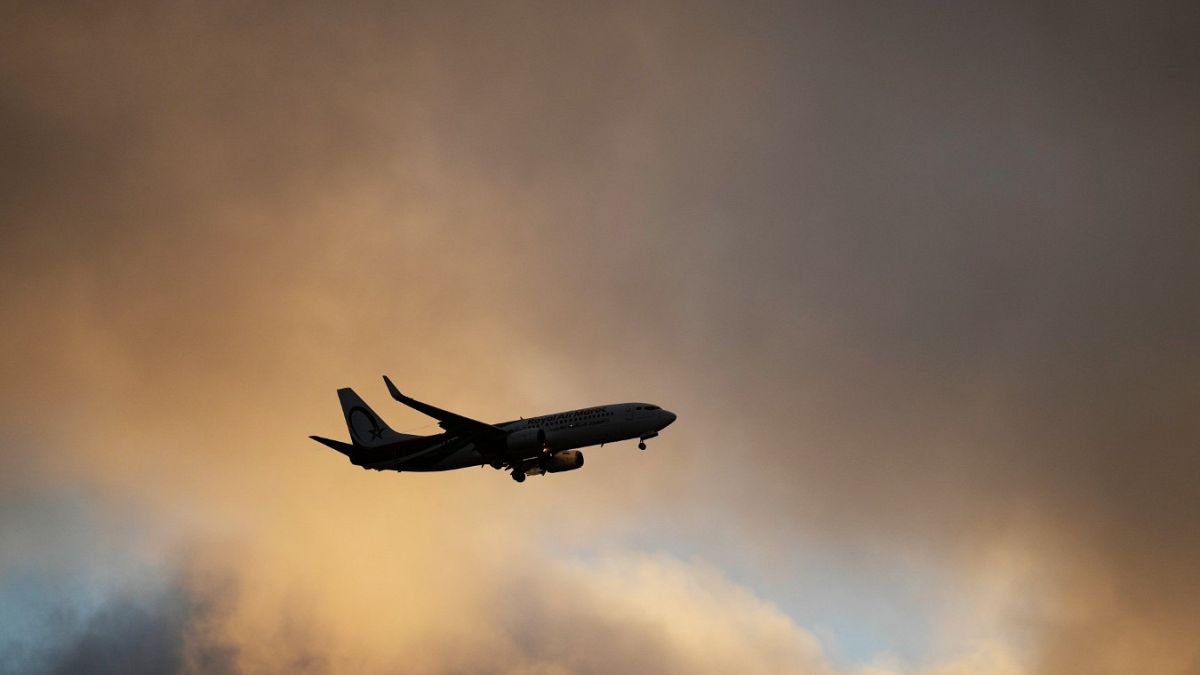A recent study has found that flights are safer than they’ve ever been.
There’s a one in 13.7 million chance that a passenger anywhere in the world will die onboard an aircraft, according to a new study.
Researchers from the Massachusetts Institute of Technology (MIT) in the US analysed global passenger and fatality data between 2018 and 2022 and found deaths on planes dropped by an average of 7 per cent year over year.
Those results follow a pattern of "continuous improvement" that started in 1968 when the death rate fell an average of 7.5 per cent per year even as more flights took off and landed.
It comes as US aircraft manufacturer Boeing faces a series of technical issues that forced the company to ground the test flights of their 777-9 model. The Federal Aviation Authority (FAA) also reportedly has launched inspections into the 787 Dreamliner due to faulty pilot seat movements.
Death rate 36 per cent higher in some countries
The incident rate depends on what countries people are flying to and from, with researchers dividing countries into three tiers for low, medium and high risk based on air safety record.
The lowest risk is the Tier 1 group which includes the European Union, Australia, Canada, China, Israel, Japan, Montenegro, New Zealand, Norway, Switzerland, the United Kingdom, and the United States.
Some examples of countries in the Tier 2 group include Bahrain, Bosnia, Brazil, Brunei, Chile, Hong Kong, India, Jordan, Kuwait, Malaysia, Mexico, Philippines, Qatar, Singapore, South Africa, South Korea, Taiwan, Thailand, Turkey, and the United Arab Emirates.
The rest of the world’s countries are in Tier 3 or the high-risk group.
For the first two tiers, the death risk falls to one per 80 million passenger boardings, the study found. These countries account for more than half of the world’s 8 billion people.
"At that rate, a passenger could on average choose one flight at random every day for 220,000 years before succumbing to a fatal accident," the report continued.
The fatality risk is around 36 per cent higher for tier 3 countries, the study found, but fatalities are still falling.
"While [these nations] continue to get better over time, their passenger death risk remains many times as high as the risk elsewhere," the study says.
The study also didn’t include any accidents that were direct attacks on passengers, like a suicide bombing at Kabul airport in 2021 that killed 170 Afghans and 13 US military troops.
Over 4,000 deaths from catching COVID on a plane
The study accounts for the COVID-19 pandemic which they defined as the period from March 2020 to December 2022. While there were fewer airline passengers during the pandemic, those who travelled faced a "new source of danger" if exposed to the virus on a flight.
Airlines at the time told passengers that COVID-19 transmission was "all but impossible," the researchers say in their study, even though the US surgeon general estimated that 96 per cent of flights during that time had at least one positive passenger.
Despite that new risk, researchers say that there “is no evidence that those who did fly suffered a greater risk of death from plane crashes or attacks than would have been expected had the pandemic never occurred”.
"Outside of on-board transmission of COVID-19, passenger safety did improve sharply," the study said.
In total, the paper estimates that roughly 4,760 people died from contracting a COVID-19 infection on a flight from March 2020 to December 2022.
The MIT researchers do admit that it’s hard to know the exact number of deaths since passengers who got an infection after a flight could’ve passed it on to others who might have passed away.
"These estimates about COVID-19 deaths are necessarily imprecise," the study says. "And while they use lower-end parameter estimates, they could well be too high".
Their data also doesn’t count any passengers under 18 and doesn’t differentiate the age of any passengers over 65, which the researchers say is important because mortality goes sharply up for the elderly.















